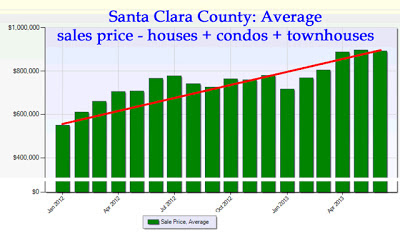CoreLogic, a California based research firm, reported
that as of the 3rd quarter of 2013, the number of properties with a
mortgage in the US is about 42,6 million.
About 6.4 million – or 13% – still have a negative equity.
CoreLogic
indicates that, of those 42.6 million properties with positive equity, 10
million have less than 20% equity, leaving them in a situation where it’s still
hard to refinance due to underwriting constraints.
"Fewer than 7 million homeowners are underwater, with a
total mortgage debt of $1.6 trillion," said Mark Fleming, chief economist
for CoreLogic. "Negative equity will decline even further in the coming
quarters as the housing market continues to improve."
The state of Nevada had the highest percentage of mortgage
properties in negative equity at 32.2%, followed by Florida (28.8%), Arizona
(22.5%), Ohio (18%) and Georgia (17.8%).
HousingWire.com article by KerriAnn Panchuk
Thanks
for reading, and may you have an excellent Holiday Season!
Francis Rolland
Silicon Valley real estate specialist
Detailed, local trends etc...
Current mortgage rates
non-profit organization worth noting: Partners for New Generations.








































